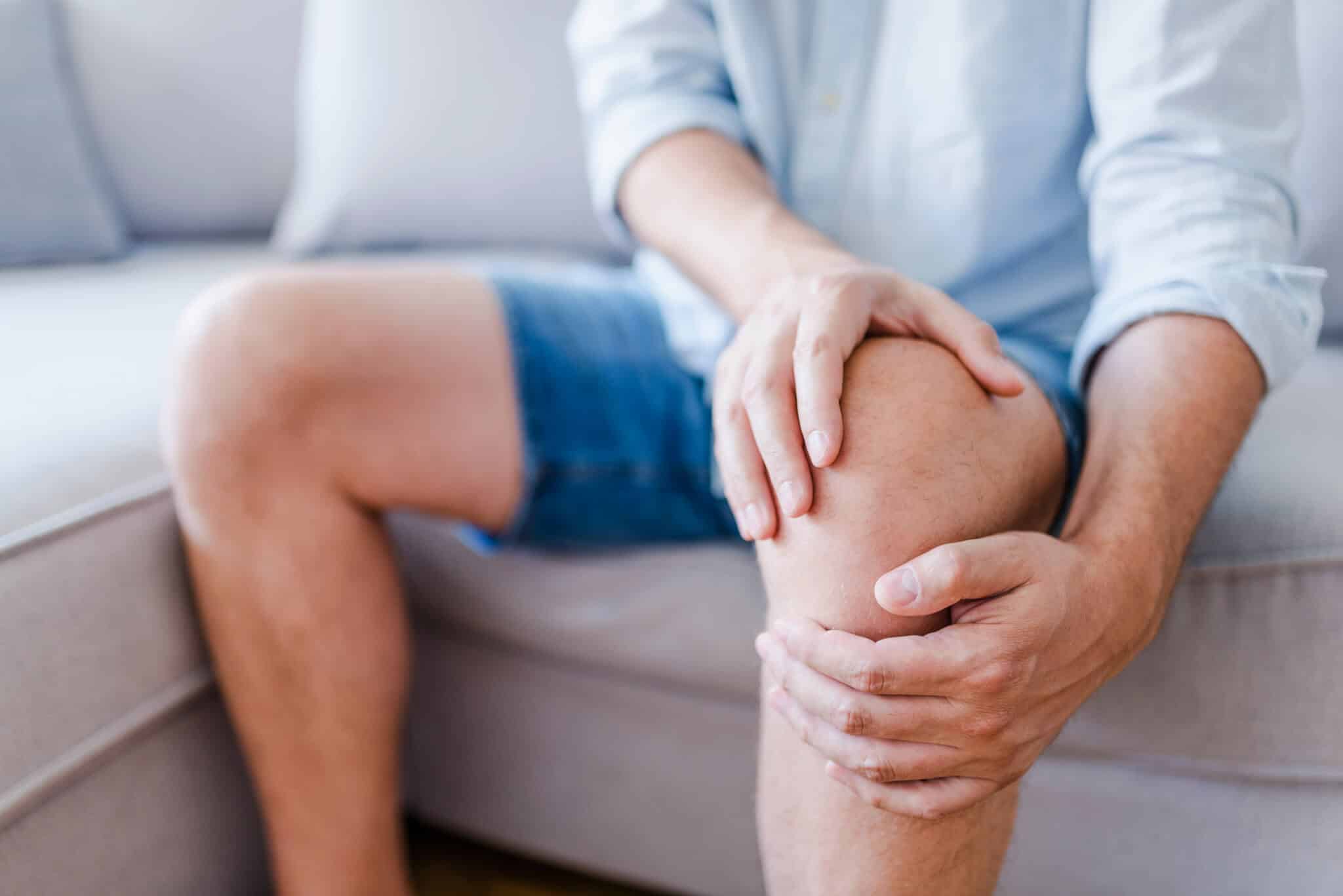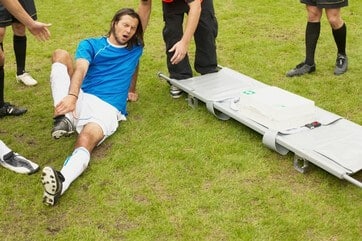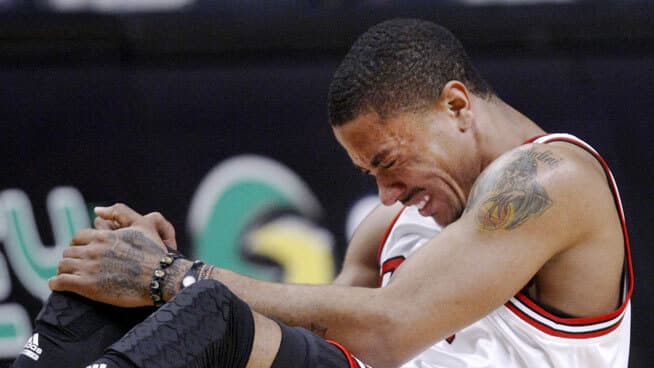An Interesting Look At 5 Of The Fastest Growing Sports And Their Related Injuries
It’s the end of a sporting era. The decades-long hold that sports like hockey, soccer and basketball have had on general participation is loosening and other, more fringe sports are gaining popularity among youth, young adults and young professionals. In this post, we examine the fastest growing sports that physiotherapists need to know about and the types of sports injuries that typically arise.
While these ever-growing sports will more than likely never topple the major recreational activities, such as hockey, millions of people in Canada and across the world have taken them up in recent years. These sports offer news ways to have fun, be active and get fit, but they also provide increased risk for certain injuries. Knowing what sporting injuries are becoming more and more common and how to treat these injuries with the best methods possible is key for physiotherapists. As has been the case throughout the history of sports medicine, it is crucial for physiotherapists to know what sports are trending up and the injuries typically associated with those activities.
The following are five of the fastest growing sports in North America, the sports injuries that usually accompany them and how doctors can help their patients manage them.
Rugby
Rugby is not a new sport, but recently, it has grown at a rate that qualifies it as one of the fastest growing sports in this part of the world. Participation has grown 10% in the last couple years and its rise in popularity among youths could be partly attributed to the introduction of rugby sevens at the Summer Olympics in Rio.
Sports Injuries from Rugby
Over 40% of rugby injuries are muscular strains and 30% are sprains. One in seven rugby injuries result in a sprained ankle. The sport involves an incredible amount of jostling, pushing, shoving and tackling, much of it on uneven, muddy or wet ground, which is the reason for the high level of sprains and strains. Helping patients strengthen the muscles supporting the joints, such as the ankle and shoulder, will help prevent common rugby injuries, as will orthopedic supports, such as athletic tape and mobile braces.
Lacrosse
Lacrosse is another sport that is centuries old, but only now gaining more of a toe-hold among the general sport-playing population. Participation in lacrosse has grown by over 210,000 people in the last couple of years across North America making it another of the fastest growing sports in this region of the world.
Sports Injuries from Lacrosse
The most common orthopaedic injuries sustained among lacrosse players are knee injuries, such as ACL sprains, and hip flexor strains. The source of these injuries, many times, is the strain placed on the joints and muscles from continually running on hard turf. Rehabbing these sports injuries requires strengthening and stretching not only the hip flexor muscle, but also the thigh and quadriceps muscles to improve the area and reduce the risk of reinjuring the area.
Mountain Biking
The rise of extreme sports and their passage from fringe pastime to mainstream activity has meant that mountain biking has gained a much larger following than in decades past. Mountain biking and its cousin BMX cycling have risen in participation by almost half a million participants in the last couple of years. This makes it one of the fastest growing sports that physiotherapists need to know about.
Sports Injuries from Mountain Biking
This upward trend in extreme biking means more sports injuries to athletes’ arms. The most common injuries seen in mountain or BMX bikers are wrist, upper arm and shoulder strains, sprains, fractures and breaks. Encouraging flexibility, strength and proper posture in the shoulder, back and core region will help bikers to prevent or recover from these types of injury. Protective orthopaedic braces for the arms, shoulder and knees will also go a long way to preventing these types of injury.

Mixed Martial Arts
Mixed martial arts is one of the fastest growing sports in the world, mostly because of the glitz and glamour of the UFC in the media. Participation in MMA has grown almost 20% in the last five years and there’s no telling how high the sport could grow.
Sports Injuries from Mixed Martial Arts
Hand injuries and knee injuries are the two most common injuries for MMA competitors. As with many of the other sports injuries on the list, strengthening the muscles around these areas will help in rehabilitating the injuries and preventing reinjury. This is especially crucial for MMA competitors who injure their hands as there are specific guidelines about what kind of hand equipment they can wear. These guidelines can rule out orthopaedic aids, such as athletic tape and braces.
Roller Hockey
Hockey has been a staple in small towns and cities and on TV sets across North America for decades, but its less-icy relative, roller hockey, is emerging as one of the fastest growing sports on the continent lately. Roller hockey participation has grown 7.1% in the last five years, which is a significant upward trend for a sport with over 500,000 core participants. As a result, it qualifies as one of the popular sports that physiotherapists need to know about.
Sports Injuries from Roller Hockey
Most roller hockey injuries are musculoskeletal in nature, including fractures and sprains. The wrist is the most frequently injured body part, making up 37% of all injuries. Wrist guards and orthopaedic braces will help patients recover from wrist injuries quicker and lessen the risk of them reinjuring the body part when playing again. Exercises to strengthen the wrist, but also increase flexibility and stability throughout the body will also help to prevent future injuries to the wrist.
Conclusion
In this post, we have presented a suggested list of the fastest growing sports in the world and the injuries with which they are most often associated. It is our hope that this will help those with a professional interest in sports medicine to gain an appreciation of the direction in which the sports medicine profession is developing and the skills that may be needed in the future.
If you have any questions or comments on the subject of this post, please leave them in the space provided below.







